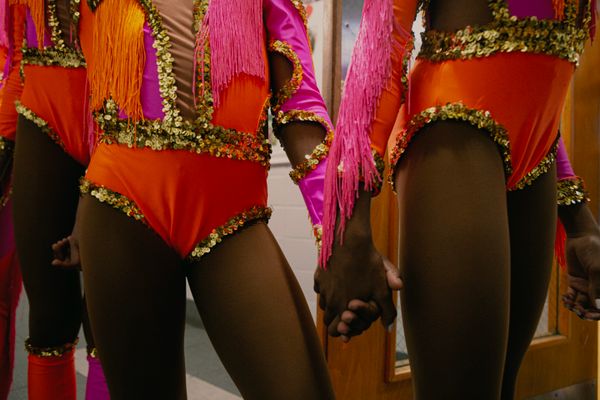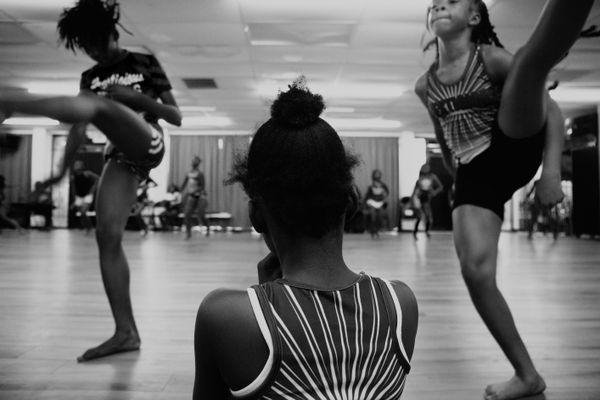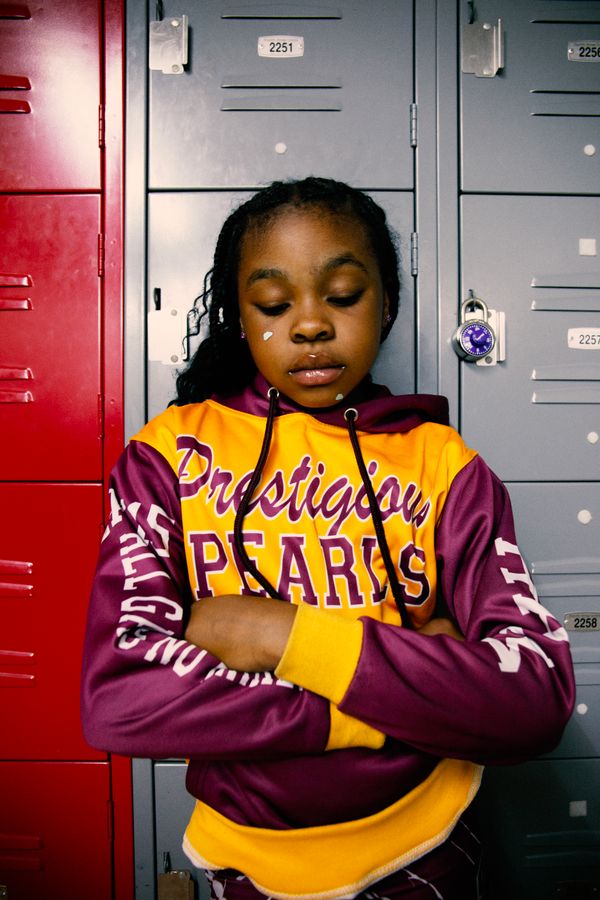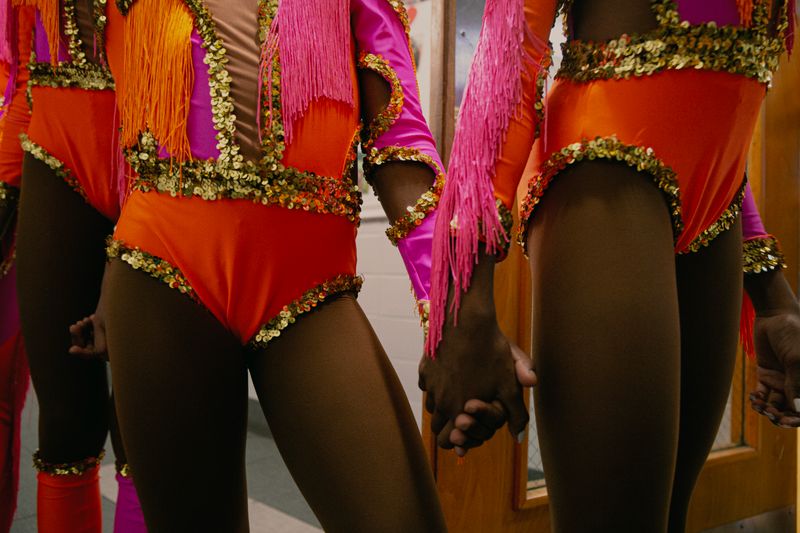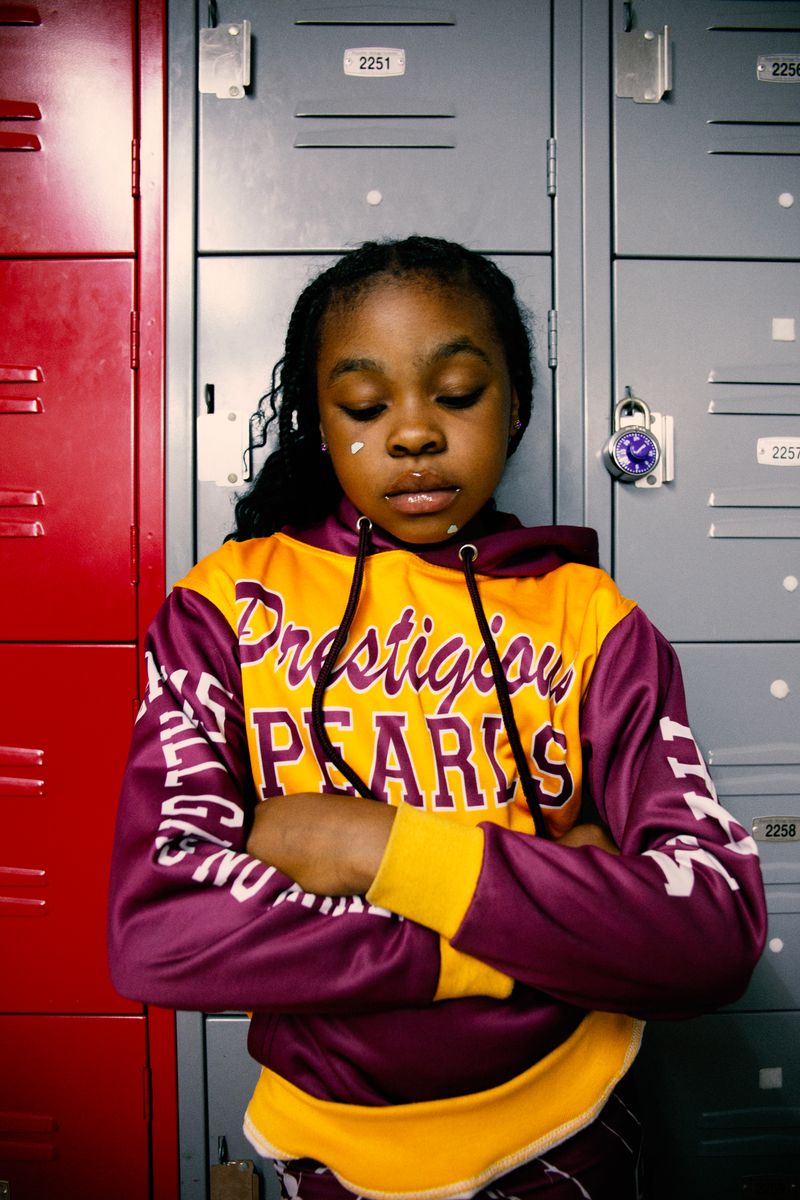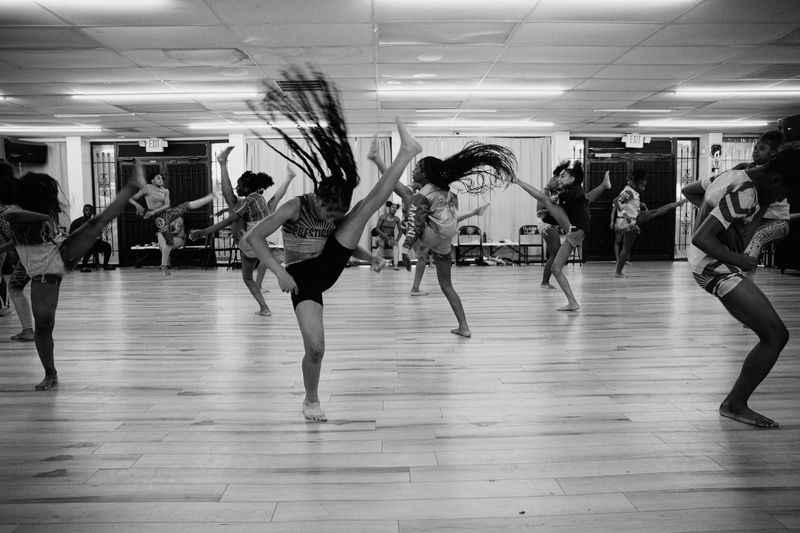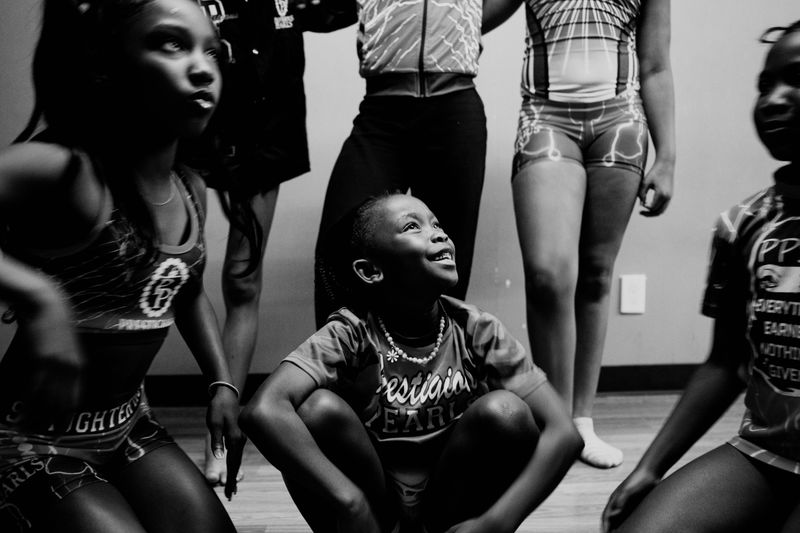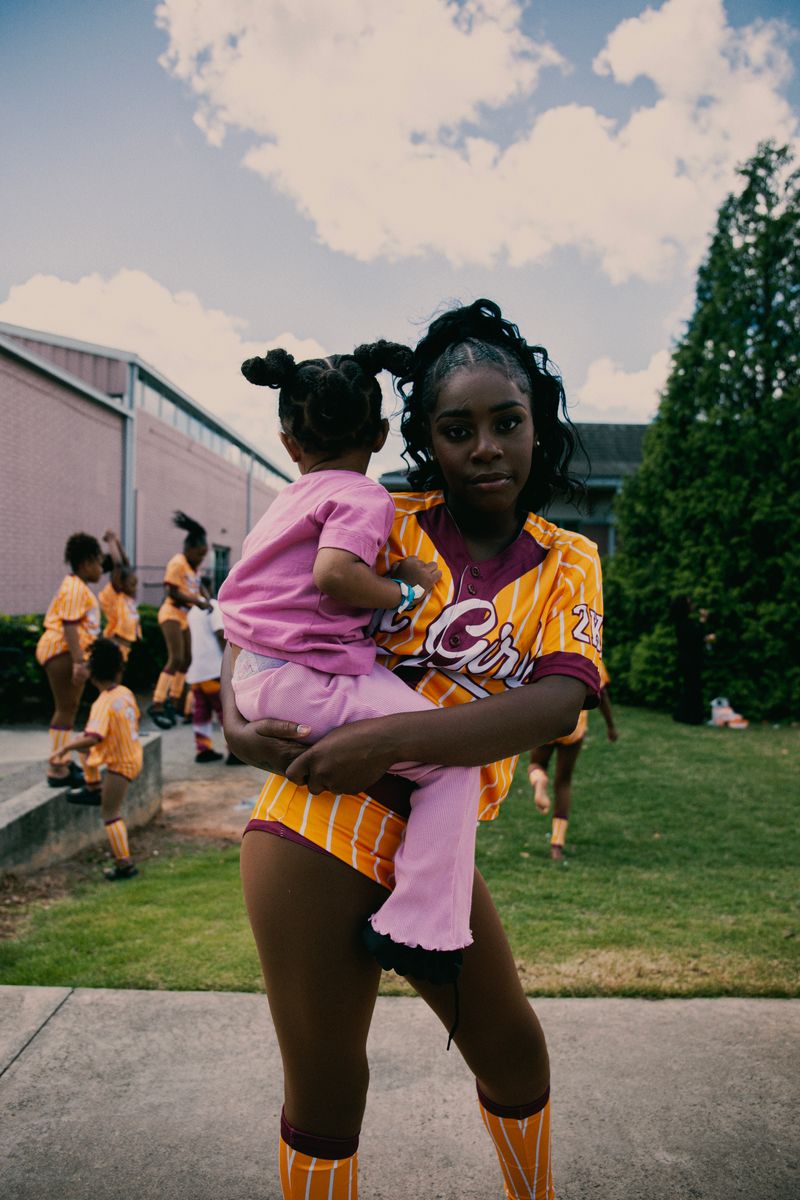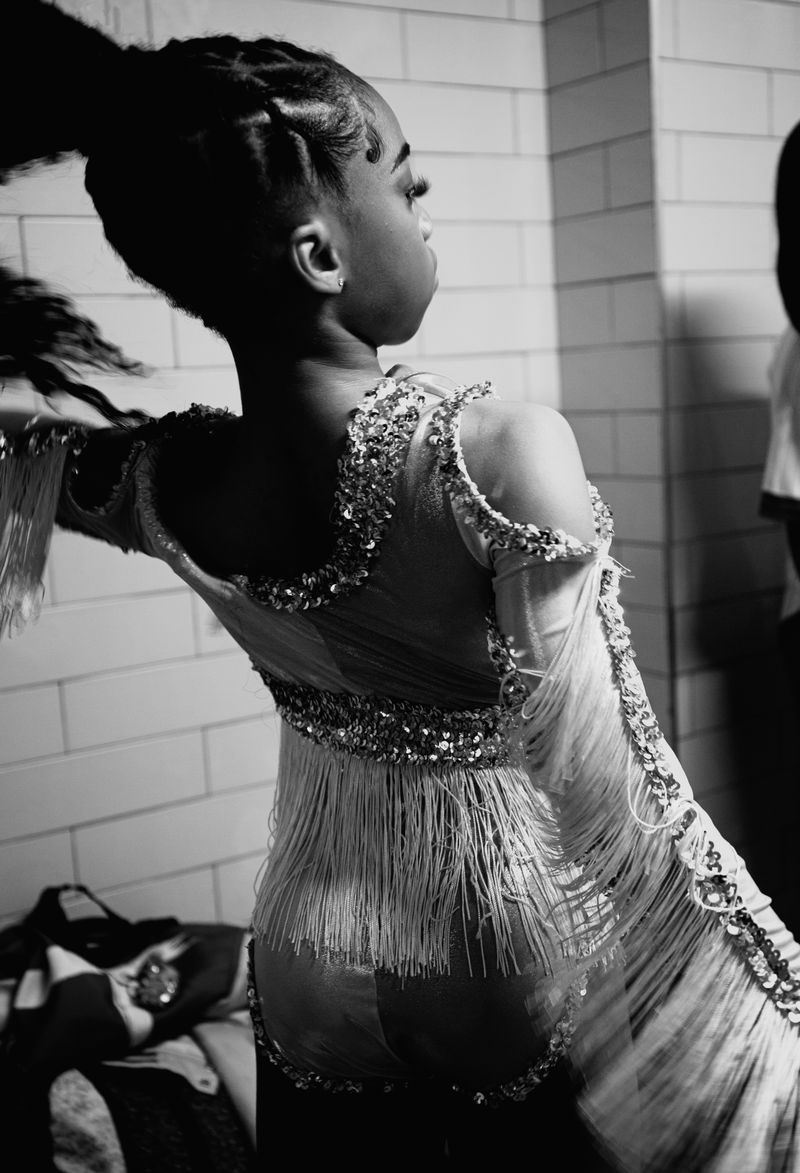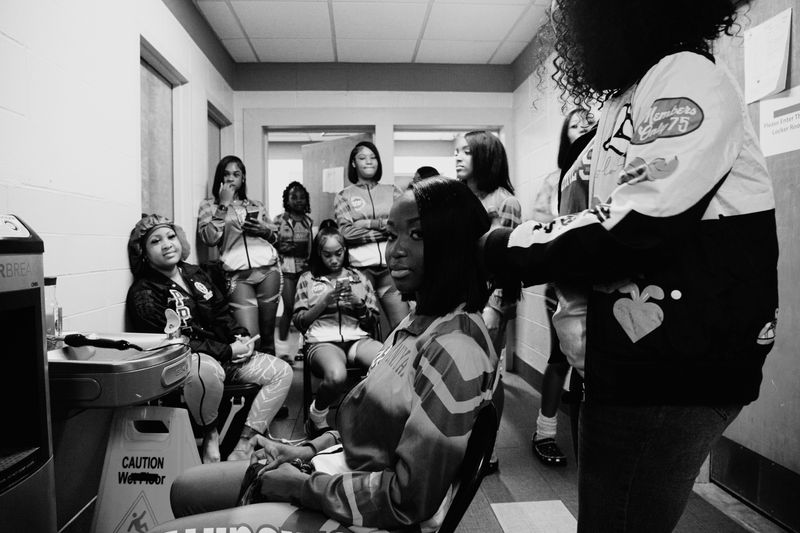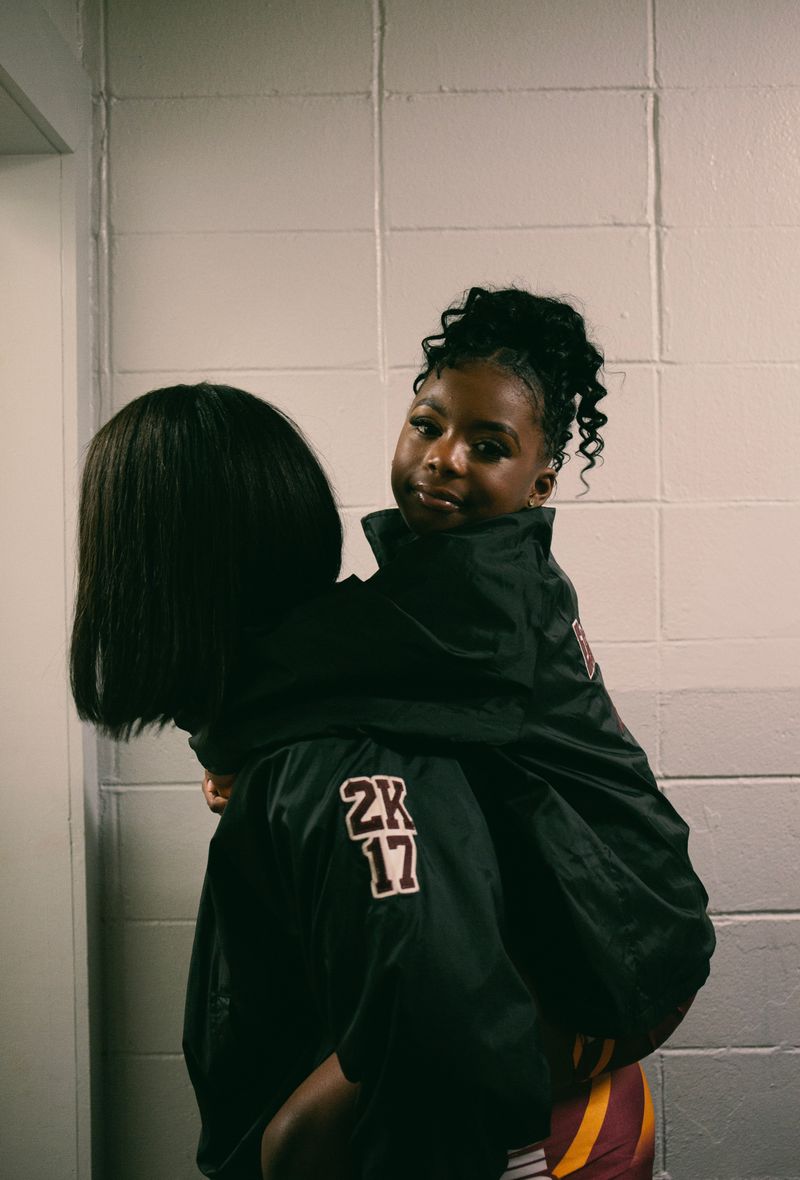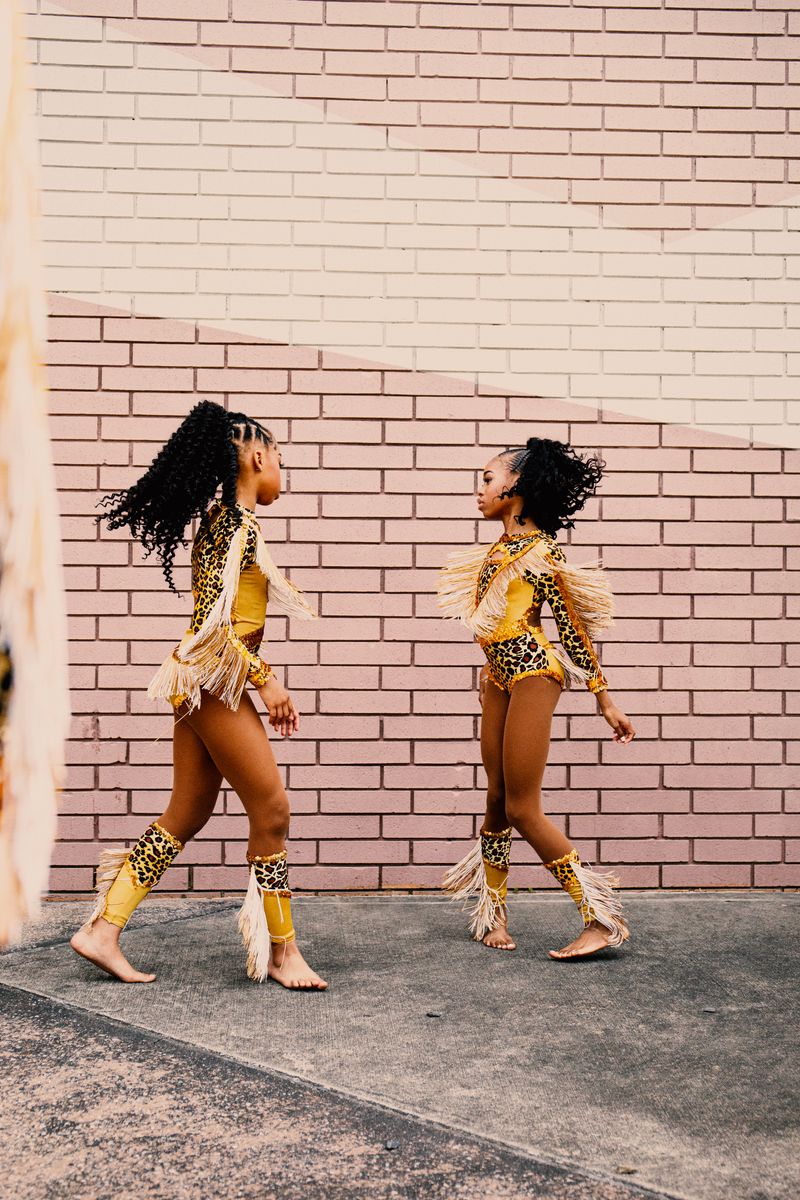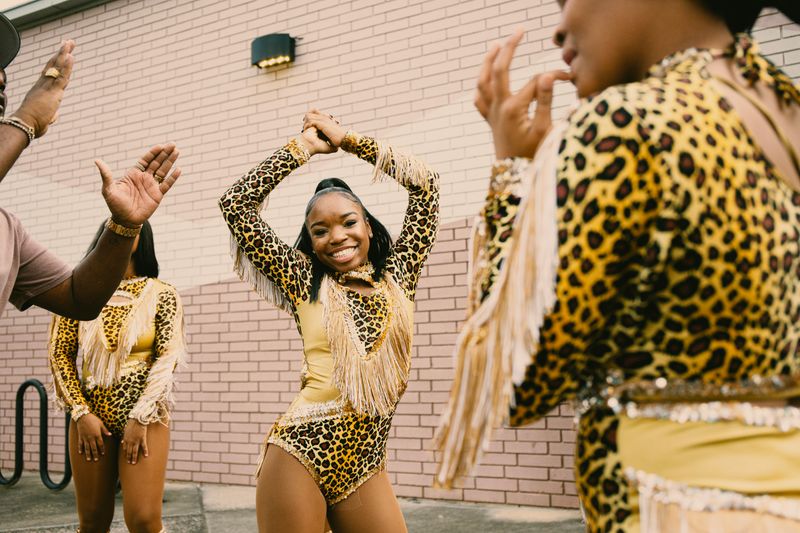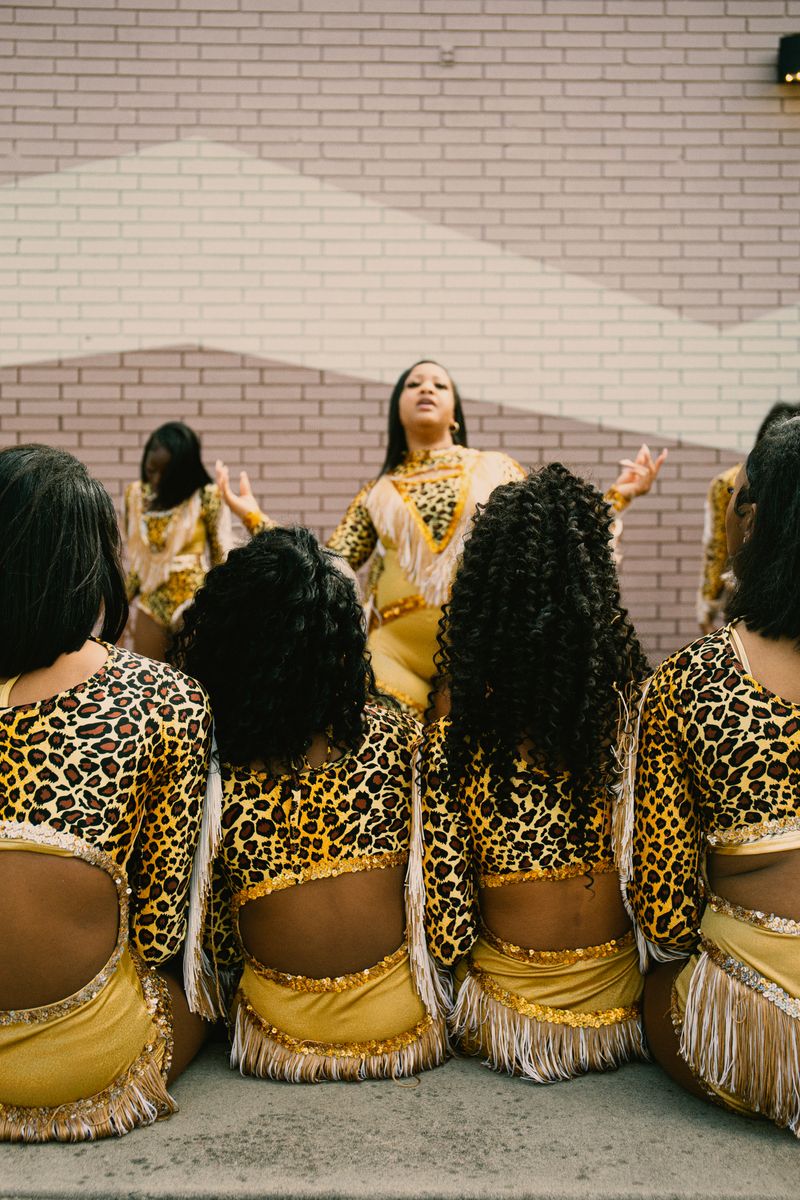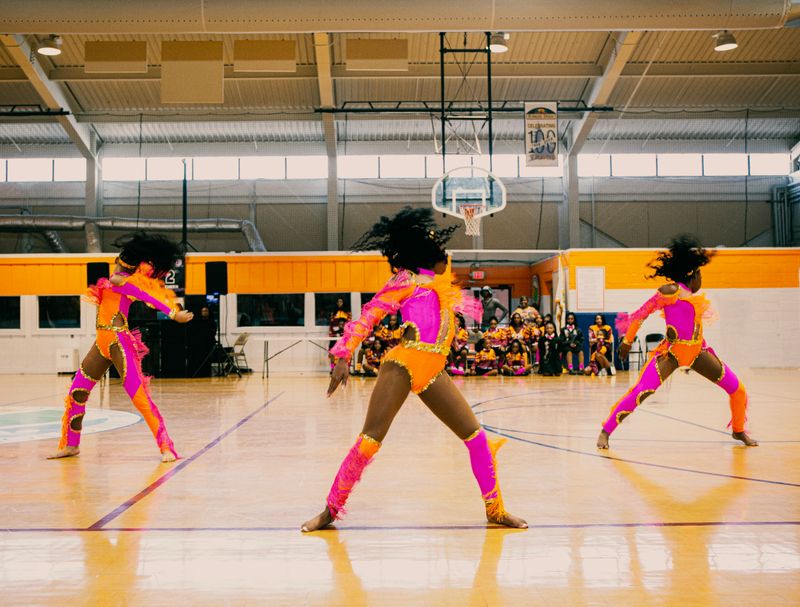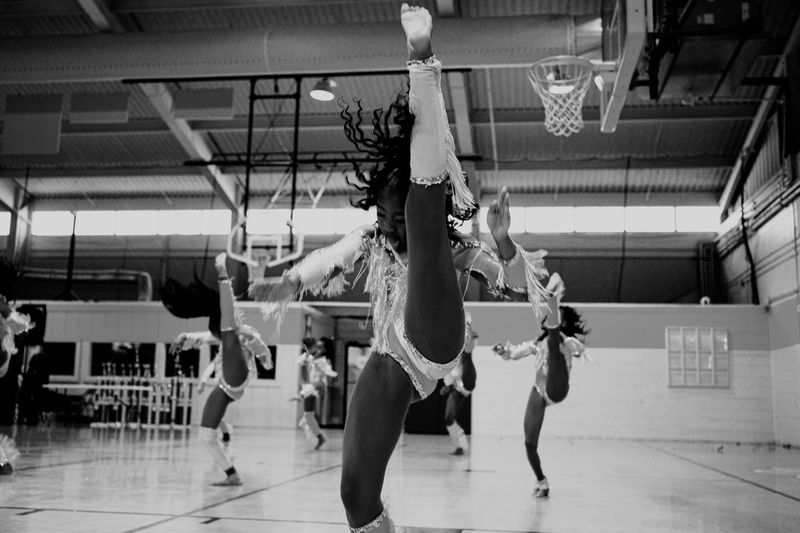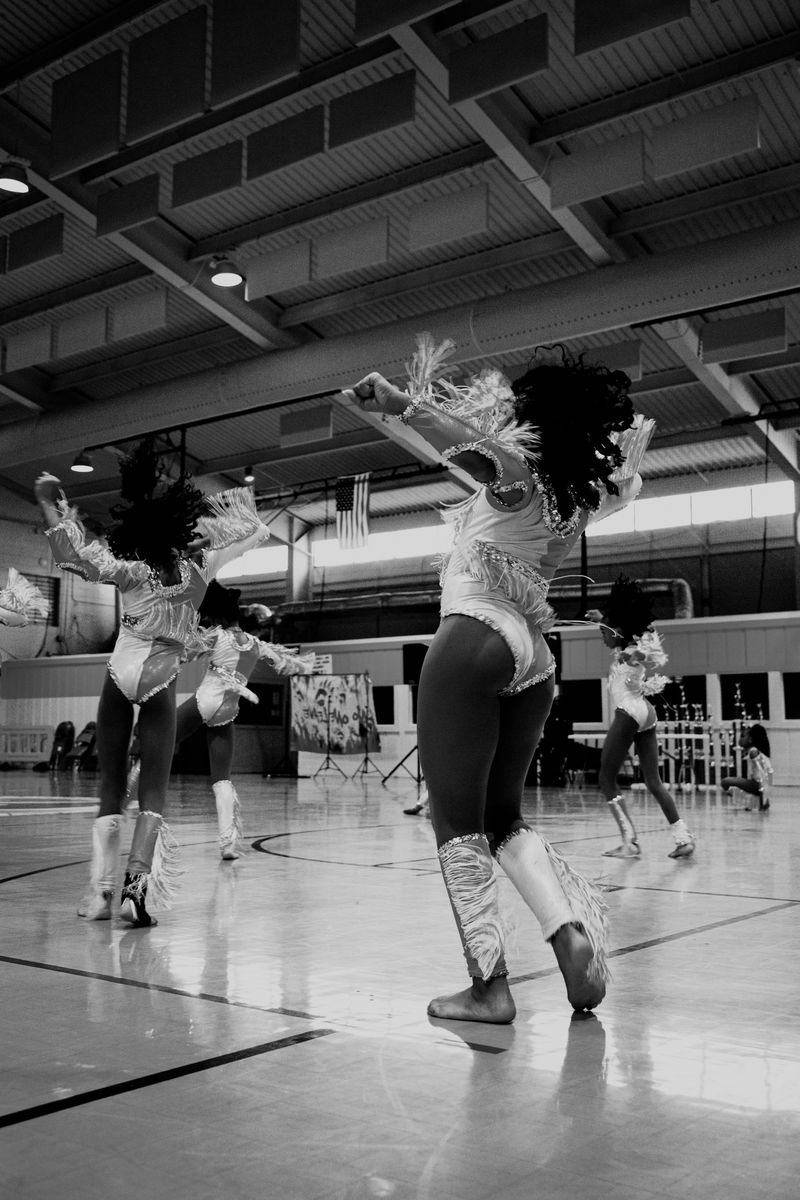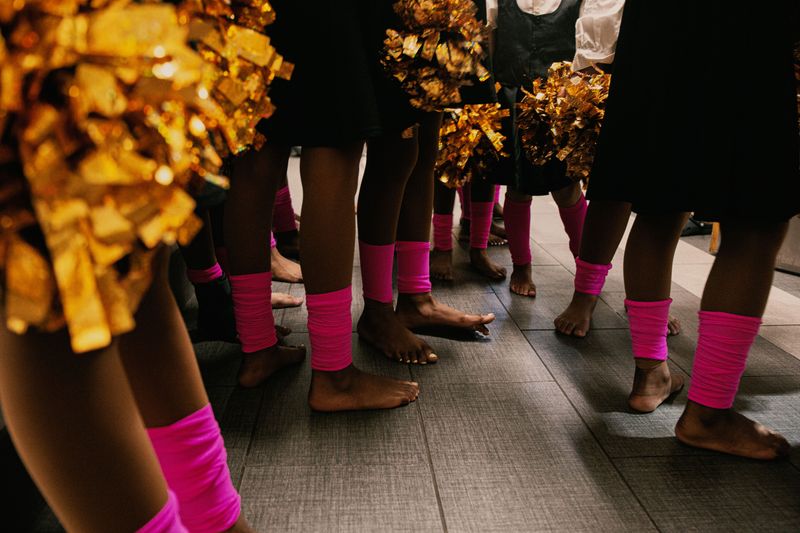GOLDEN GIRLS
-
Dates2025 - 2025
-
Author
- Locations United States, Atlanta
Golden Girls draws inspiration from the first majorette dancers televised in 1968, reimagined through Atlanta’s Prestigious Pearls. Blending fashion, pageantry, and sport. the series highlights majorette culture while centering sisterhood and legacy.
Golden Girls documents the Prestigious Pearls Dance Academy, an all-girls youth majorette team in South Atlanta. The project follows the team as they train, perform, and build a culture of discipline and care.
Majorette dance began in 1968 when the Golden Girls of Alcorn State University introduced the first Black collegiate majorette line. Since then, majorette performance has grown through HBCU programs like Jackson State’s J-Settes and Southern University’s Dancing Dolls. The form is rooted in precision and control, but also in individuality and pride.
The Prestigious Pearls, founded by Kimberly Shantae Harris, are part of this tradition. The team started with twelve girls and has grown to seventy-four dancers with a studio and nonprofit structure. The Pearls are trained through overnight rehearsals, lock-ins, and strict accountability. Their practice demands high discipline and commitment.
The project highlights how the Pearls build identity and community. Their sisterhood shows in small details: correcting missed steps, helping with lashes before competitions, arguing over performance order, then showing up together the next day. For many, the studio is a safe space. One captain explained, “When I have a lot going on, I come in here, turn the pink lights on, and reset.” Another added, “Dance makes me feel strong. Like I am that girl.”
Fashion and ritual play central roles. Each season has a uniform theme, from neon to animal print. The team archives one uniform each year. Crossover rituals assign each dancer a line name that reflects their style and energy. These practices link the Pearls to wider Black cultural traditions of naming, dress, and performance.
The work challenges outside perceptions that label youth majorette culture as inappropriate or “too grown.” These views ignore the autonomy and pride expressed through movement and dress. Uniforms function as armor. Looking good, feeling good, and performing well are inseparable.
Golden Girls preserves this tradition while documenting its current form. It focuses on movement, fashion, and sisterhood as acts of resilience and presence. The Prestigious Pearls show how performance becomes a declaration of agency and belonging for a new generation of Black girls.
